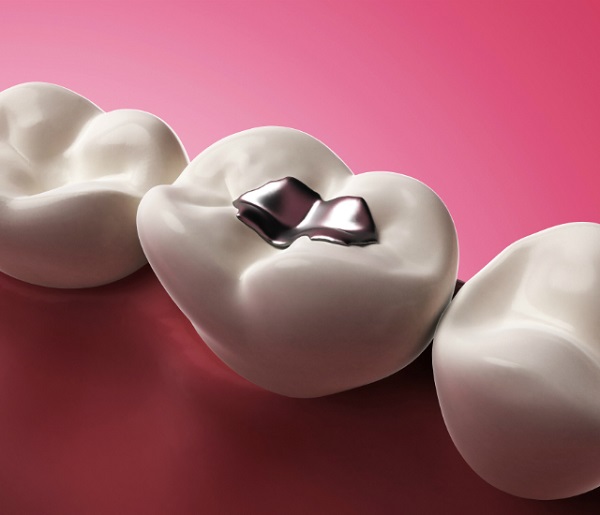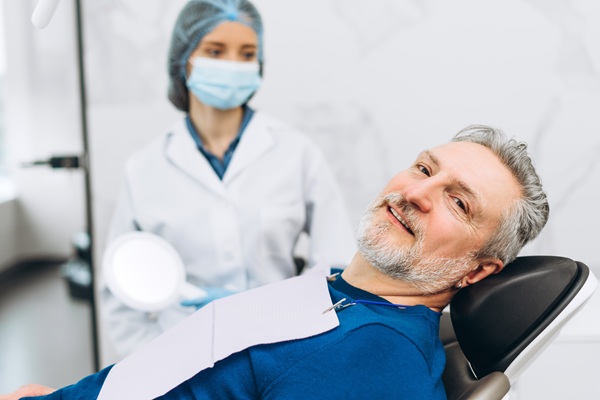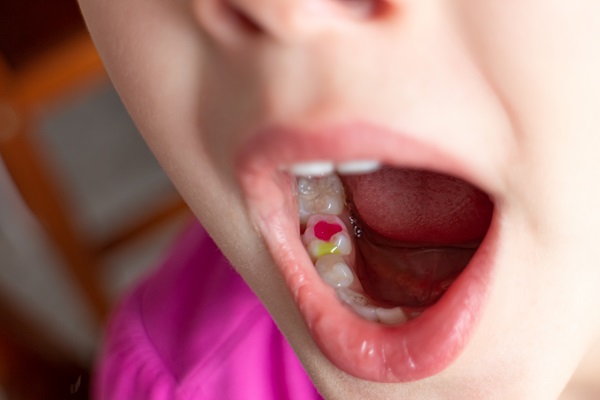SMART Amalgam Removal Technique

Most people don’t realize that so called “silver” fillings contain 50% of mercury (a known neurotoxin). At room temperature it vaporizes easily and remains odorless, colorless, and tasteless. Inhaled mercury vapor is easily absorbed into bloodstream, where it has significant adverse effects on the immune, cardiac, digestive, urinary, and respiratory systems. Recent research identified correlation between mercury exposure and brain cell deterioration in patients with Alzheimer’s disease. There is no harmless amount of exposure to mercury due to its cumulative effect. Mercury vapor is continuously emitted from dental fillings and accumulates in the body over time. The effects of exposure can manifest years or even decades later. Mercury in the tissues of an infant correlates directly with the number of dental fillings in the mother. Absorption of mercury during pregnancy puts newborns at risk for learning disabilities.
The Process of Getting a Dental Amalgam Filling Removed
The traditional process of drilling out amalgam fillings releases even higher quantities of mercury vapor and fine particles to be absorbed by the body. SMART (Safe Mercury Amalgam Removal Technique) is a set of safety measures to minimize mercury exposure during dental amalgam filling removal. These safety measures were developed as a result of scientific research collected by the International Academy of Oral Medicine and Toxicology. To obtain SMART certification, dentist must complete rigorous educational coursework and training by IAOMT, and enroll annually in the updated safety review program.
SMART measures for patient protection include:
- •Full body, impermeable barrier
- •Use of chlorella, charcoal or similar absorbent
- •Full head/face/neck barrier
- •External oxygen delivered via a nasal mask
- •Dental dam made with non-latex nitrile material
- •Saliva ejector
- •At source oral aerosol vacuum
- •Copious amounts of water spray
- •Conventional high speed evacuation device
- •Section amalgam into chunks and remove in large pieces
In addition, special SMART safety protocols are implemented for dentist and dental staff protection, as well as, office and environmental protection.
Check out what others are saying about our services on Yelp: Read our Yelp reviews.
Recent Posts
A deep dental cleaning is a great way to improve your periodontal health, particularly for patients who have periodontitis (an advanced form of gum disease). The following is a review of when a deep dental cleaning (also called a scaling and root planing) might be recommended. The most notable signs that indicate a need for deep…
tooth fillings offer a simple approach with little to no pain. This dental restoration treatment has long been the standard for restoring and rebuilding teeth damaged by cavities, injury, or minor imperfections such as chips or cracks. When considering different dental restoration options, it is a good idea to get familiar with how each procedure…
Your smile is often one of the first things that other people notice about you. A smile makeover offers an effective way for you to transform it into the one you can proudly show off. This treatment process provides multiple benefits, from correcting minor cosmetic issues to a complete overhaul. Here are five reasons to…
A general dentist is someone who helps individuals maintain a healthy oral cavity, and that includes performing root canal therapy as needed. Root canals are a procedure that often strikes anxiety in individuals because it was once said to be painful; however, that is actually far from true! Modern-day dentistry has allowed for quite the…


